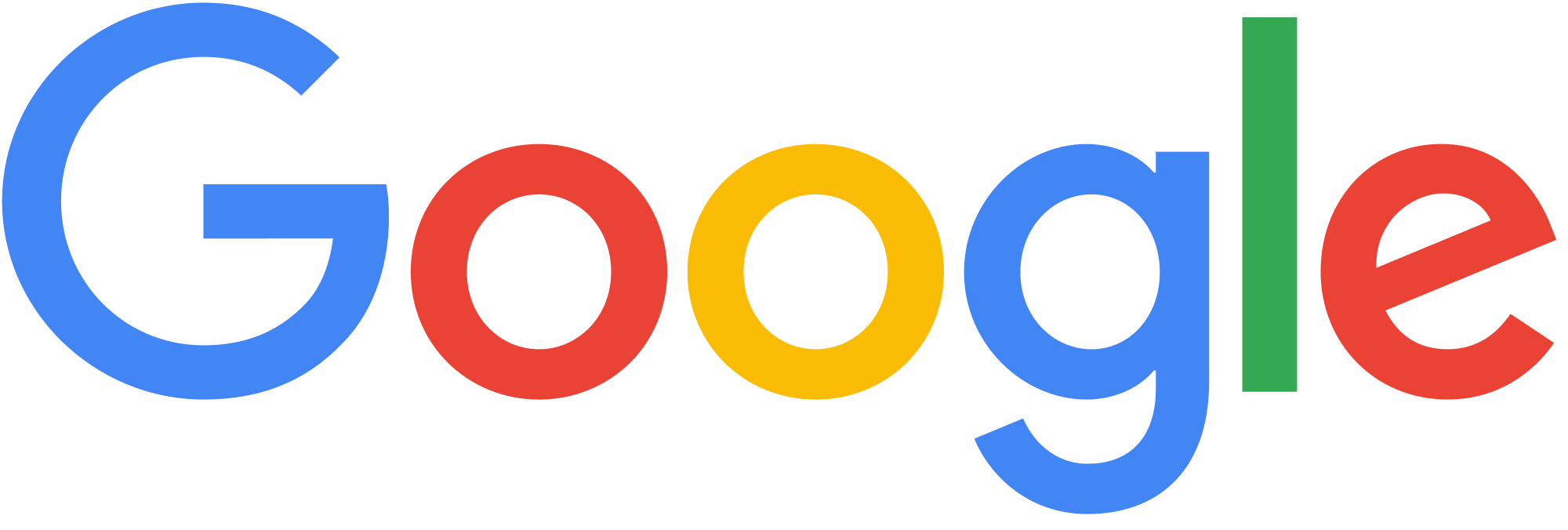Google began the slow end of third-party cookies in 2020 and has delayed it several times. They are now targeting 2024 as they work on replacing these tracking scripts. While cookies have been helpful in digital advertising, Google and other search engines are moving away from them in the name of consumer privacy.
As a result, first-party cookies will become the dominant way of tracking user behavior. As a media seller, you’ll want to know how to discuss this with advertisers and understand the impact on digital advertising. Even though the end of third-party cookies is another few years away, you’ll want to prepare now.

Third-Party Cookies vs. First-Party Cookies
Third-party cookies and first-party cookies are both scripts that track online user behavior. How they do it is the difference. First-party data collection happens on the site you’re visiting. The site provides user benefits around personalization and experience and asks for your data to do it.
Third-party data collection occurs by domains not on the website a user visits. Their core purpose is advertising and retargeting.
The shift to first-party cookies from third-party will be a transition, and the biggest changes all involve targeting.
Why the End of Third-Party Cookies May Be a Good Thing
Ending third-party cookies is a disruption to digital advertising. There’s no doubt about that, but it has silver linings. The most important is that it could improve targeting. Currently, with third-party cookies, the targeting isn’t precise or effective. They often display ads that aren’t relevant to people, creating a lot of ad waste.
The replacement that our third-party advertising platform will use is Unified ID 2.0, a user identity solution that improves targeting while maintaining consumer privacy. The end result is more contextual targeting around digital ads based on location and demographics. That’s especially beneficial for local advertising.
Across all digital ad types, this targeting is already in play for display, OTT/CTV and other tactics. Some forms aren’t cookie-dependent, including SEM (search engine marketing), mobile messaging, email marketing or social media. With an integrated campaign that uses a variety of channels, you can assure your clients that they’ll reach the audience they want.
Beyond Cookies: Smarter Targeting and Better Information
Another way to communicate and prepare for the change is to concentrate on better ways to target and gather information. Engagement with marketing emails, mobile messages and social media provides data points straight from the source (the user). It enables your advertisers to deliver more personalized offers through these channels. When personalization is a factor in promotions, your advertisers should experience better conversions.
You also have the ability to provide them with better ways to target within digital channels. Looking at OTT/CTV specifically, which is growing in revenue, there are multiple targeting options, including:
- Behaviors and interests
- ZIP codes
- State
- DMA (designated market area)
- Household demographics (OTT only)
With smarter targeting that’s not based on cookies, your advertisers will see better results. Many of your clients specifically want to target geographically, and geofencing is the best method. It targets people based on their mobile device location (that they willingly share).
What’s Next for Cookies?
As we move closer to 2024, many more alternatives and methods for targeting will become options for digital advertising. We’ll continue to monitor these and deliver best practices and strategies to support your customers.
For more on smart targeting, read our post on looking beyond generational approaches.






